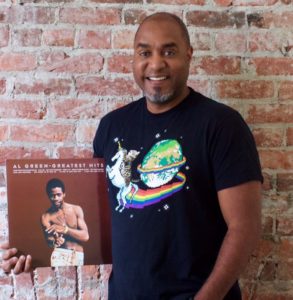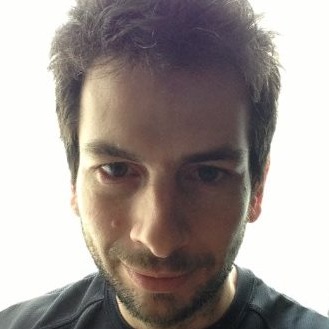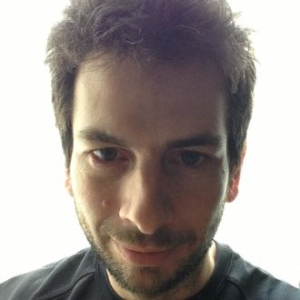Sure Dave Cotter’s engaging and funny. But you figure out pretty quickly that in Reply Yes he’s juggling something complex, really ambitious, and that he has a deep pool of that essential founder’s gift: faith. It’s not denial, just bedrock confidence. No babe in the startup woods (he was a co-founder of SquareSpace), he’s also done the larger company thing at Amazon, Zulily and RealNetworks.
Dave’s current venture is a mix of retail savvy and messaging and AI, and is at the center of what is being called “conversational commerce”. Inspired by the sheer simplicity of text, and to some extent by what’s been going on in China with WeChat’s platform, Reply Yes — and a host of other startups (Magic, x.ai, Peachd.com, etc.) — has been running hard at this problem for the past few years.
Dave’s team has launched two messaging centered “stores” — The Edit, for vinyl records, and Origin Bound, for graphic novels — where the simplicity of the offering belies a tremendous amount of tech and logistics and painstaking attention to the customer. The company is a product of Madrona Venture Group’s labs, and in December raised $6.5M in a Series A — bringing their total to $9M.
This year, be as happy as these old ladies packing up #Beatles #RubberSoul! Get the standard or mono vinyl now! https://t.co/5gAcjQzzdZ pic.twitter.com/nP4sBHQb84
— The Edit Vinyl (@Vinyledit) January 2, 2017
In this episode we talk about what he’s done to get Reply Yes going, how they’ve managed to focus, and navigate the crazy world of music brands, while fundamentally innovating at the edge of natural human interfaces and offer personalization. How does he as CEO make tradeoffs between going very deep in vertical specialization, yet keeping an eye on the big platform play?
While Reply Yes came out of the gate with a text message centered product, since that time Facebook, Microsoft, Apple and others have made messaging — and in particular transacting over messaging — a much greater focus. We talk about how they are navigating this…dancing with goliaths, but taking advantage of the tech they are providing at the same time. A classic entrepreneur’s dilemma.
Have a listen.
Podcast: Play in new window | Download
Subscribe on your smartphone: Apple Podcasts | Android | RSS | More Options





